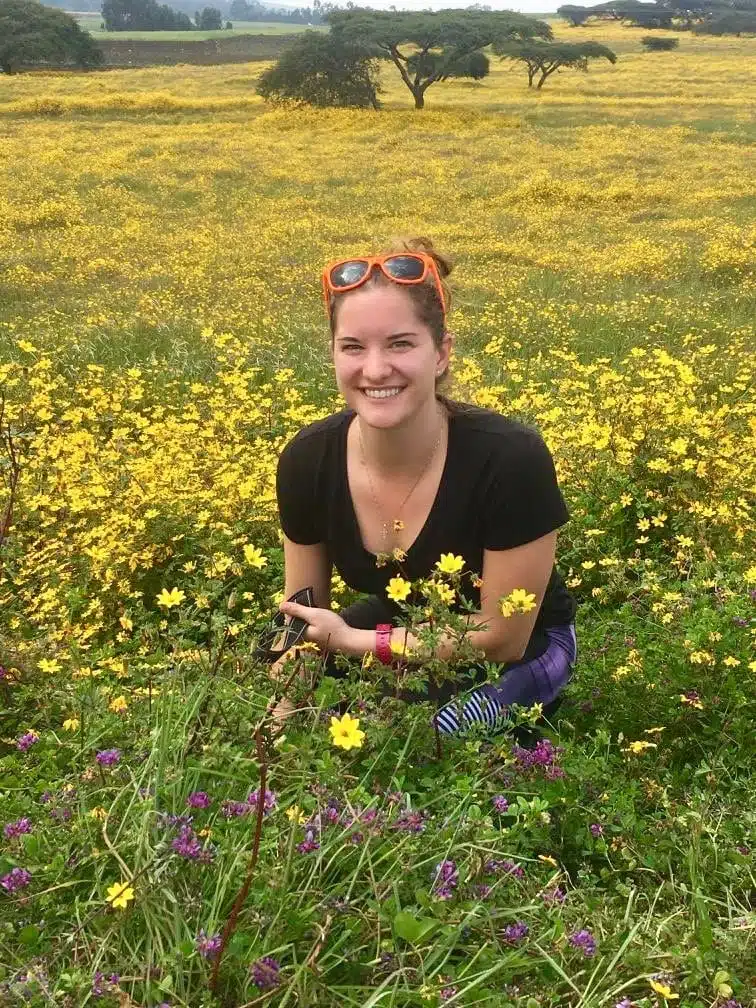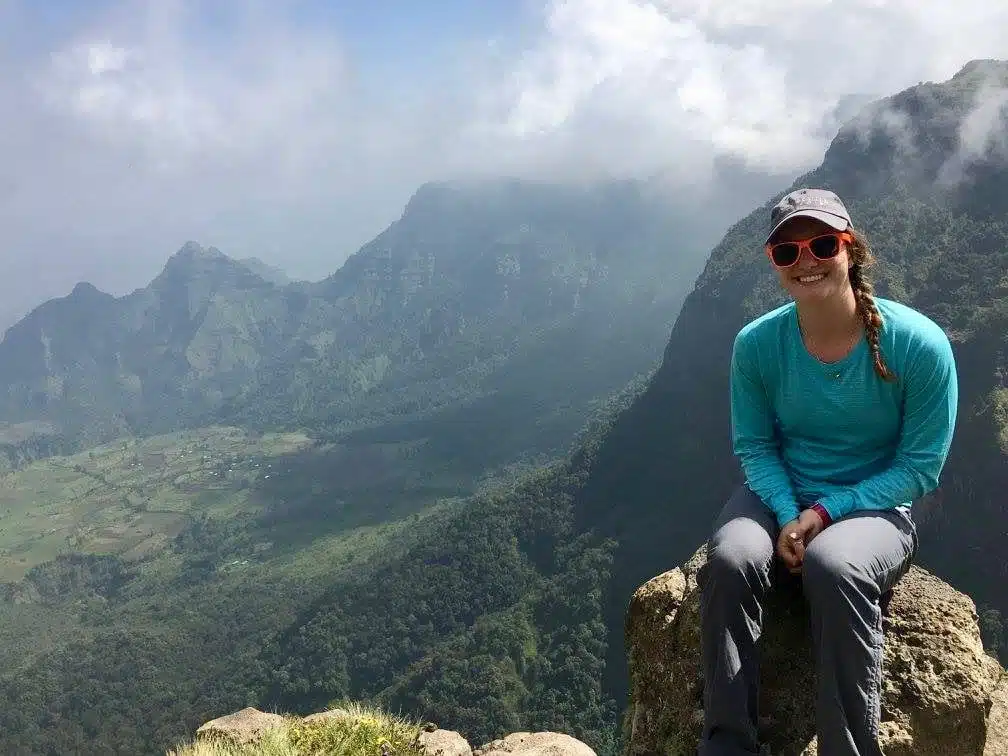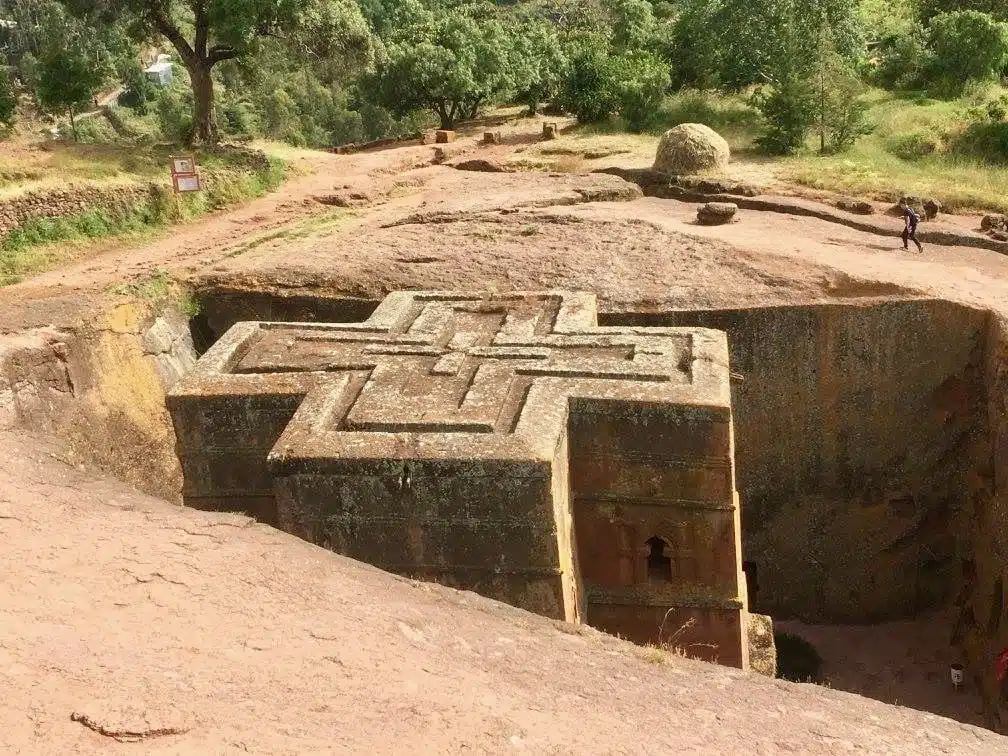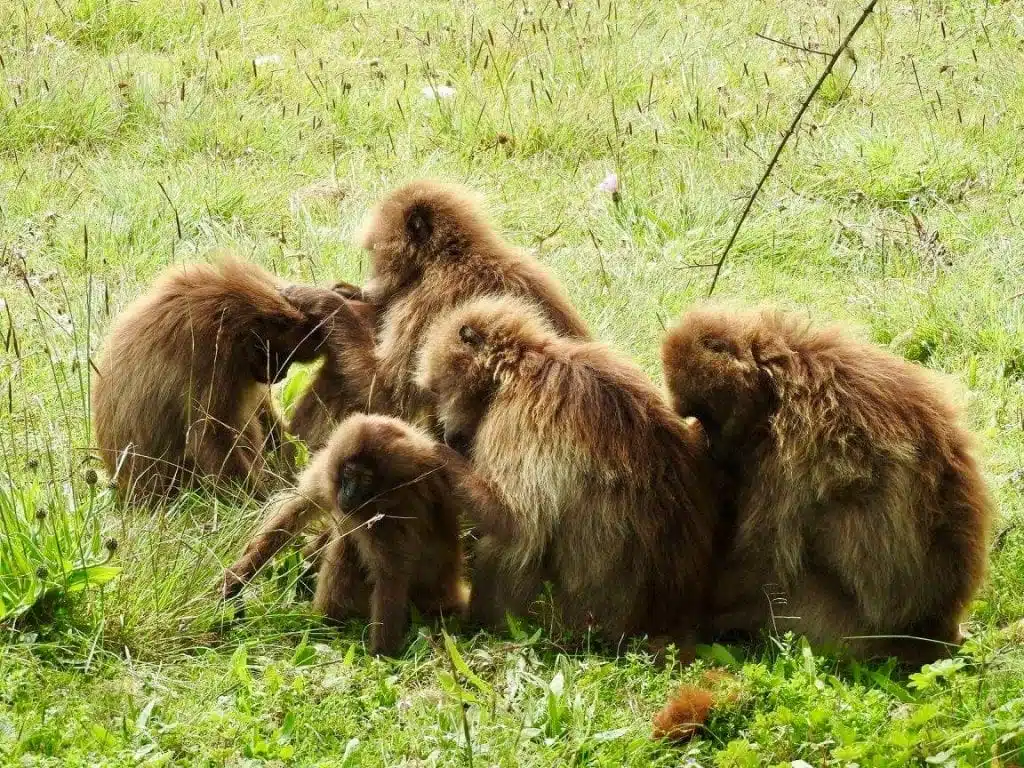When I stepped off the plane in Addis Ababa, Ethiopia I had no idea what to expect.
While I’ve been to southern and western Africa before, there’s something special about experiencing a country so unfamiliar first hand. I breezed through customs and immigration and was immediately met in the arrivals hall by Ashu, who was my guide for the next 11 days.
Addis
A bustling city of cars, tuk-tuks, sheep, cows, and people all attempting to make their way on the narrow streets. We spent about two days exploring the city and visiting famous sites such as The National Museum of Ethiopia where Lucy, the world’s most well-known fossil aged roughly 3 million years, is housed.
We were lucky enough to be in Addis during the Meskel Festival as well. Experiencing something so significant to the people of Ethiopia was a huge highlight for me. Ethiopia is a predominantly Christian country and every year on September 26th they have an enormous festival where clergy, lay people and even their Patriarch come together to celebrate what they believe was the finding of the True Cross of Jesus Christ.


Tens of thousands of people gathered in the stands while other groups of school children presented songs to the Patriarch of the Ethiopian Orthodox church. The festival lasted about 4 hours and ended with the burning of the Demera. The Demera is burned based on the belief that Queen Eleni was told to make a bonfire and the smoke would show her the way of where the true cross was buried.
We had the opportunity to walk around, speak with the locals, and take as many photos as our hearts desired. We were even interviewed by the local TV station, as the concept of Meskel was so foreign to us they wanted to hear our perspective as tourists. It was one of the most memorable and unique travel experiences I’ve ever had.
Another highlight during my trip to Ethiopia was visiting the Simien Mountains. We flew into Gondar and drove 3 hours high up into the mountains. As someone familiar with the savannahs of Africa it was unreal to see such dramatic and green scenery with fields of wildflowers.

We stayed at Limalimo Lodge, my absolute favorite property in Ethiopia. It’s perched almost 10,000ft above sea level and overlooks the Semien Mountains from a jutting cliff. Lammergeyers were a common sight and flew only about 20 feet overhead. As far as scenery goes it’s one of the most beautiful places I’ve ever seen.
The Semien Mountains are home to many endemic species such as the Gelada Baboon (not actually a real baboon but in fact an old world monkey), Walia Ibex, and the extremely endangered Ethiopian Wolf. During our trip, we knew we wouldn’t have time to seek out the ibex and wolf, but we certainly saw the baboons.

After a chilly night, we ate a gourmet breakfast and departed for our Gelada trek. Our group split into two, so as to accommodate different fitness levels. Half of the people chose to drive and the group I stuck with opted to hike. When we approached where the Geladas were (after about an hour and a half hike), I was astounded by the sheer number of them. Roughly 200 Geladas surrounded us!
We separated from one another and went to different places to sit with them. It’s incredible how rambunctious and active they were. Some were picking bugs off one another, others were playfully jumping and hanging from trees, and many of the dominant males had bouts of fighting. We stayed with them for almost two hours just utterly enrapt by their behavior. I don’t think I’ll ever forget when two males came tumbling by my feet in a quick squabble for dominance and one’s fur just barely missed my ankles. They’re truly amazing creatures.
While I could go on and on about most of where we travelled in Ethiopia, Lalibela, the city known for its Rock-hewn churches is a definite must-see destination. Bete Giyorgis is the most well-preserved and well-known of the Rock-hewn churches, but in actuality, there are many different ones worth visiting.


We spent a very full and busy day maneuvering the rocky paths to these churches. These churches, built during the 12th Century AD were carved from the ground down using only hand axes. To see the incredible architecture, design, and attention to detail that was put into action, considering the basic tools, was incredible. For the more adventurous types, there are also churches that have been built into caves that require rock-climbing to reach them. Each is more fascinating than the last, and I’m so blessed to have checked a visit to these off my bucket list.
Ethiopia is not known for lions, giraffes, and elephants, but rather for its rich culture, history and endemic species. Ethiopia is the only country in Africa that was never colonized, and as such, they are extremely proud of their well-preserved culture. Ethiopia is believed to be the Cradle of Mankind and Civilization and holds significant historical and biblical worth. To add to Ethiopia’s complexity, it is the home of over 31 endemic mammals and 10,000 endemic birds.
A visit to this country will put you in a small but gradually increasing club:
~ The people who have experienced the remarkable facets of Ethiopia. ~

images by Victoria


